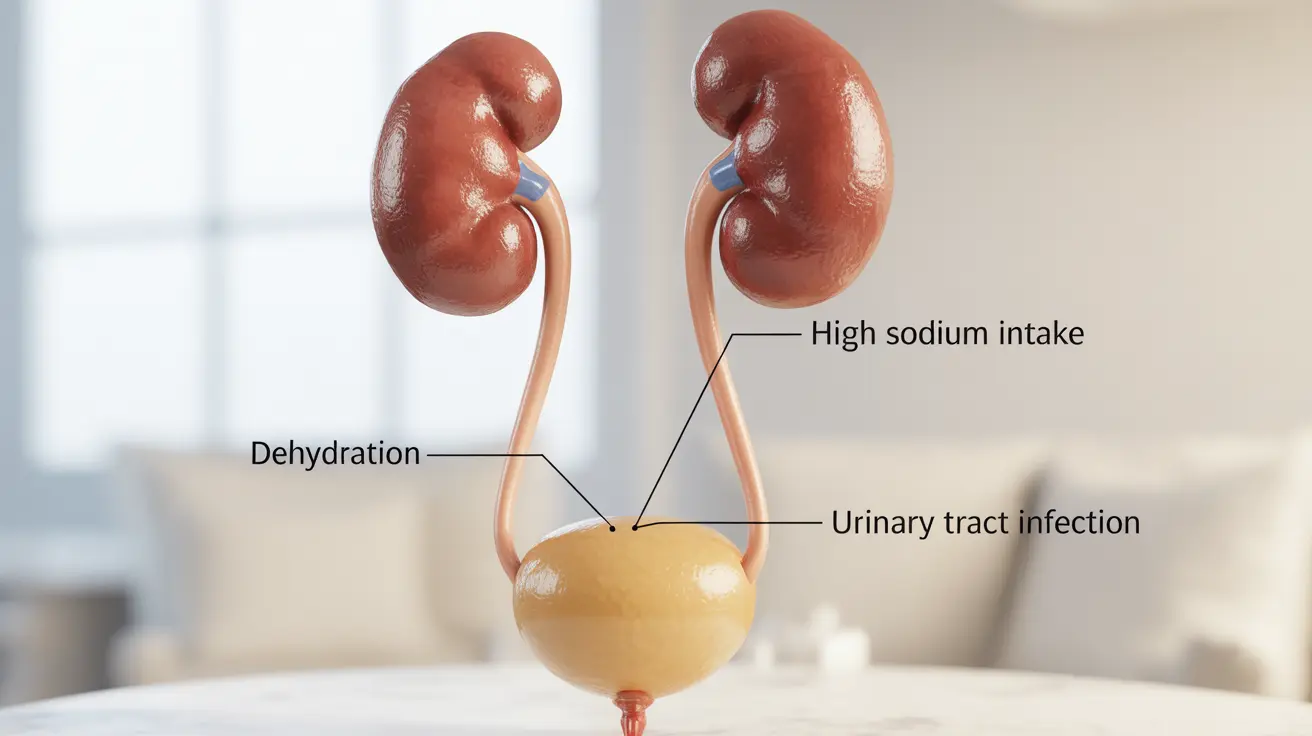Hallux limitus is a progressive condition affecting the joint at the base of the big toe, causing stiffness, pain, and limited movement. This common foot condition can significantly impact daily activities like walking, running, and even standing, making early recognition and proper management crucial for maintaining mobility and quality of life.
For those experiencing this condition, understanding its causes, symptoms, and available treatment options is essential for making informed decisions about their foot health. Let's explore everything you need to know about hallux limitus and how to effectively manage its symptoms.
Understanding the Symptoms of Hallux Limitus
The primary indicator of hallux limitus is restricted movement in the first metatarsophalangeal (MTP) joint, where the big toe connects to the foot. Common symptoms include:
- Pain during toe movement
- Stiffness in the big toe joint
- Swelling around the joint area
- Difficulty wearing certain shoes
- Pain when walking or running
- Development of bone spurs
These symptoms typically worsen over time if left untreated, potentially leading to more severe complications and decreased mobility.
Common Causes and Risk Factors
Several factors can contribute to the development of hallux limitus:
Structural Factors
- Inherited foot structure
- Flat feet or high arches
- Abnormal length of the first metatarsal bone
External Factors
- Previous injury to the toe
- Repetitive stress from certain activities
- Wearing inappropriate footwear
- Inflammatory conditions like arthritis
Diagnosis Process
Healthcare providers typically follow a comprehensive approach to diagnose hallux limitus:
Physical Examination
During the initial assessment, your doctor will examine your toe's range of motion and look for visible signs of the condition, such as swelling or bone spurs.
Imaging Tests
X-rays are commonly used to evaluate joint damage and determine the presence of bone spurs or other structural abnormalities. In some cases, MRI or CT scans might be necessary for a more detailed assessment.
Treatment Approaches
Treatment options for hallux limitus range from conservative measures to surgical interventions:
Conservative Treatment Options
- Modified footwear with adequate toe box space
- Custom orthotic devices
- Anti-inflammatory medications
- Physical therapy exercises
- Ice therapy for pain management
Advanced Treatment Methods
When conservative treatments prove insufficient, more aggressive approaches might be considered:
- Cortisone injections
- Joint mobilization techniques
- Surgical intervention in severe cases
Prevention and Management Strategies
Several strategies can help prevent hallux limitus from progressing:
- Wearing properly fitted shoes with adequate toe room
- Using custom orthotics or shoe modifications
- Maintaining a healthy weight
- Performing regular toe stretching exercises
- Avoiding high-impact activities during flare-ups
Frequently Asked Questions
What are the most common symptoms of hallux limitus and how do I recognize them?
The most common symptoms include pain and stiffness in the big toe joint, especially during movement. You may notice difficulty bending your toe, pain when walking, and swelling around the joint. Early signs often include discomfort when wearing certain shoes or during activities that require toe flexibility.
What causes hallux limitus and are some people more at risk than others?
Hallux limitus can be caused by structural foot abnormalities, previous injuries, arthritis, or repetitive stress. People with flat feet, high arches, or certain inherited foot structures are at higher risk. Athletes and individuals who frequently stress their toe joints may also be more susceptible.
How is hallux limitus diagnosed and what tests might my doctor order?
Diagnosis typically involves a physical examination of the foot and toe, assessing range of motion and pain levels. X-rays are commonly ordered to evaluate joint damage and check for bone spurs. In some cases, MRI or CT scans might be necessary for a more detailed view of the joint.
What are the best treatments or home remedies for relieving hallux limitus pain?
Effective home remedies include ice therapy, gentle stretching exercises, and wearing appropriate footwear. Over-the-counter anti-inflammatory medications can help manage pain. Professional treatments may include custom orthotics, physical therapy, or cortisone injections.
Can changing my shoes or using inserts prevent hallux limitus from getting worse?
Yes, wearing proper footwear with adequate toe box space and using appropriate orthotic inserts can help prevent progression of hallux limitus. Shoes that reduce pressure on the joint and provide proper support can significantly impact the condition's development and symptoms.




